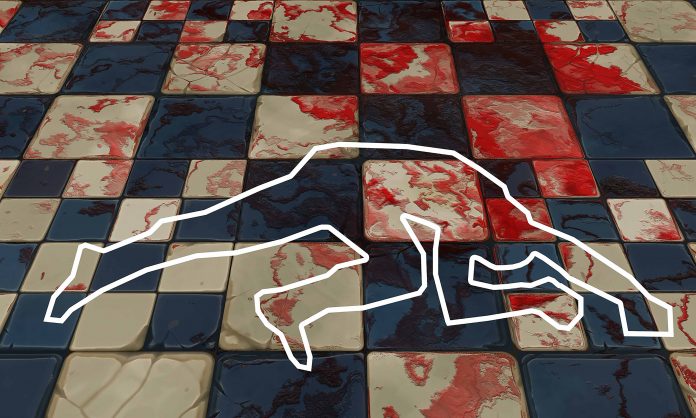In a new blog post, mystery writer Zara Altair says you should put as much care into creating your murder victim as you do any other character in your story. “Your mystery victim may be dead, but their background powers the puzzle in your mystery,” she says. “The more you know about the victim in your mystery, the easier time you’ll have creating clues and suspects for your detective to discover.”
Without your victim, you don’t have a story, Altair notes. Your murderer and every suspect is connected to the victim, and all your detective’s clues arise from the corpse and their previous life. “Even though they have no speaking part and appear as a corpse, the victim is the foundation of the mystery,” Altair notes.
Through interviews with your suspects, your detective learns about the victim’s personality, foibles, and work. Your reader begins to form opinions about the victim, whether they were likable or not and whether they deserved what happened. They also get ideas about motive and therefore the killer’s identity. “Something they did triggered a murder, and you, the writer, need to know why,” Altair writes. And that means you need to understand your victim as well as you do any character.
Altair suggests you start with:
- Personality. “From likes and dislikes to quirks and irritating traits, the more you add and know, the easier it will be to bring the right detail into your story,” Altair says.
- Relationships. “Once your detective discovers the ties to other people, they must sort out how well each suspect knew the victim, whether the relationship was bumpy or smooth, and what aspects of the relationship each suspect character tries to hide from the sleuth,” Altair writes.
- Ties to the Villain. With those relationships revealed, your detective can piece together how your victim was connected to their killer. If you don’t understand how your victim prompted their own murder, your villain’s motivation won’t be as strong.
- Physical details. What did your victim keep in their pockets, cupboards, or desk drawer? What details are hidden in their journals or bank accounts? Those details will help create connections to the suspect and threads that will lead your detective to your murderer. They also help raise questions for the reader, who will ponder the meaning of each clue you drop.
- Relationships. “Suspects may have contradictory pictures of who the victim was. And, they will use their personal interpretations to confuse your detective with their details about the victim,” Altair writes. “Each suspect paints a picture that is different—from slightly to radically—from the other suspects.”












